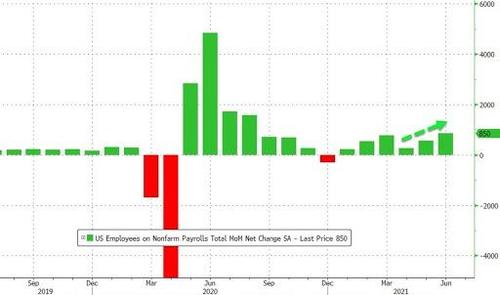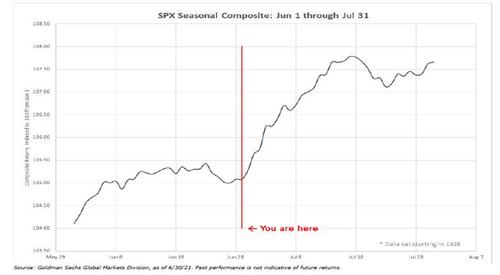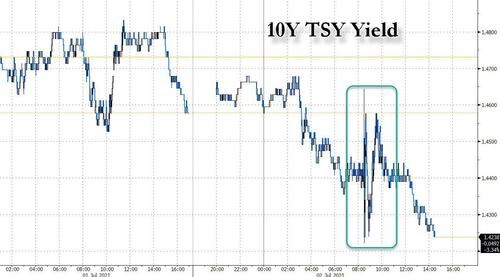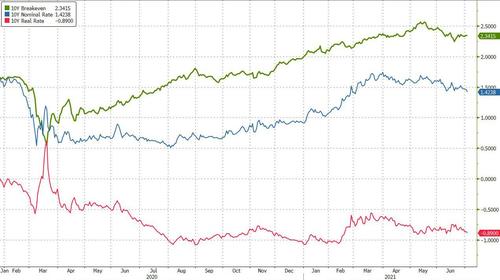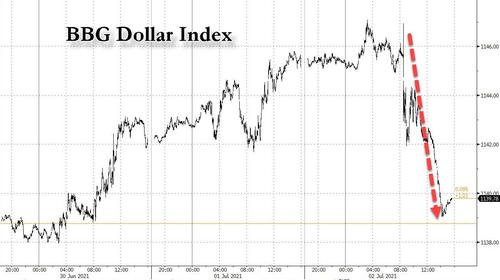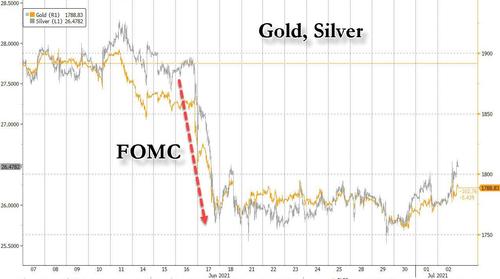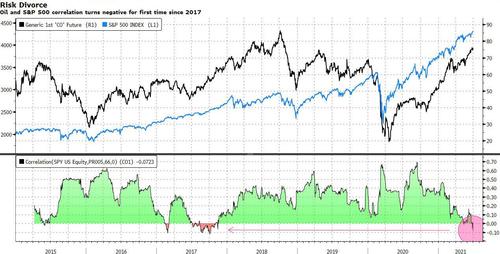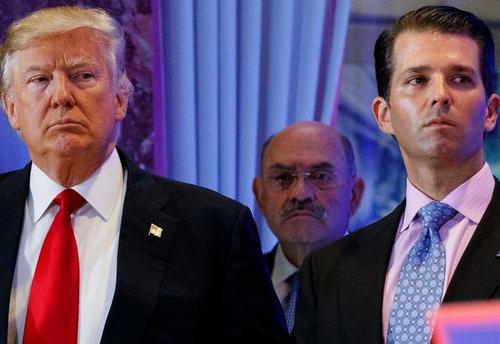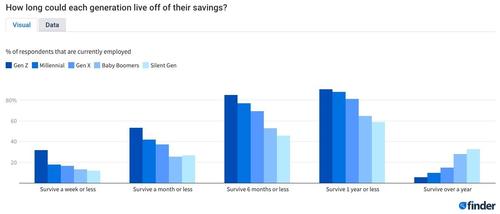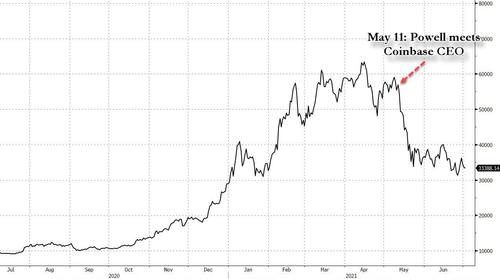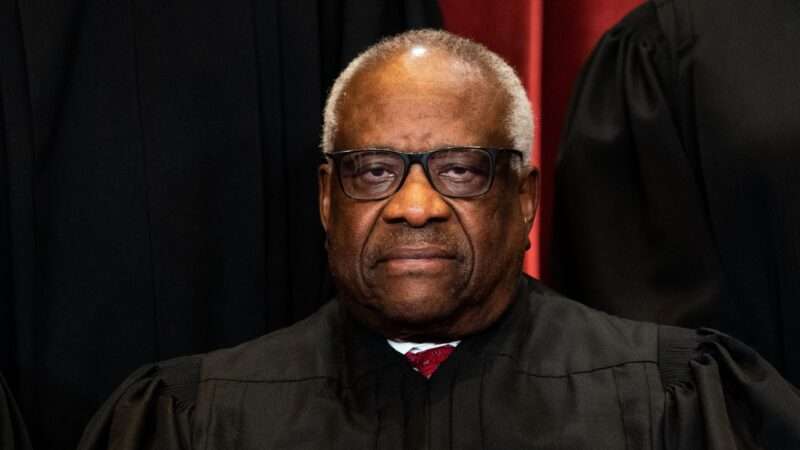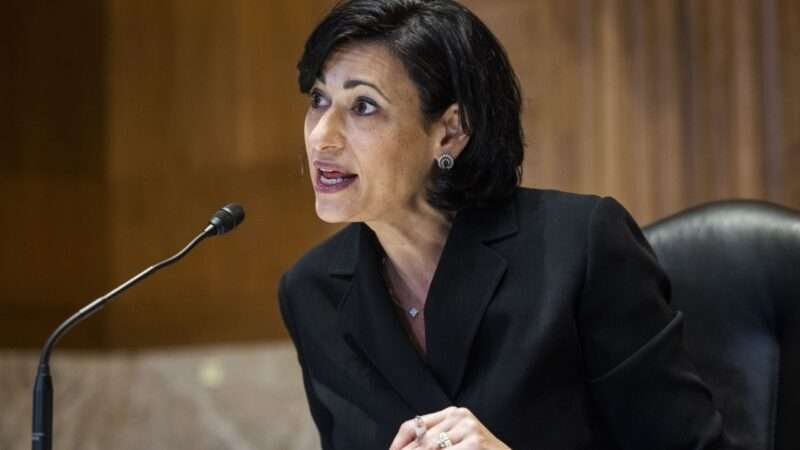
Sha’Carri Richardson ran 100 meters faster than any other woman at the U.S. Olympic trials, but she won’t be able to compete in the event at the Olympic Games in Tokyo after testing positive for marijuana.
There are so, so many things wrong with this. The U.S. Olympic & Paralympic Committee (USOPC) and the U.S. Anti-Doping Agency (USADA), which officially announced Richardson’s month-long suspension on Friday, should be ashamed for how they’ve handled the situation. More importantly, they should change their policies to ensure more athletes aren’t subjected to an unnecessary punishment for using a substance that is obviously not going to provide a competitive edge.
And while the situation seems fairly absurd on its face, it actually gets worse the deeper you go.
Start with the fact that the USADA doesn’t actually classify tetrahydrocannabinol (THC), the psychoactive chemical found in cannabis, as a performance-enhancing drug. But the USADA—whose sole purpose, ostensibly, is to ensure the integrity of athletic events—tests athletes for THC anyway because it regards marijuana as “a ‘Substance of Abuse’ because it is frequently used in society outside the context of sport.”
In the statement announcing Richardson’s suspension, the USADA acknowledged that “Richardson’s…use of cannabis occurred out of competition and was unrelated to sport performance.”
In other words, Richardson’s positive test had no bearing on the fact that she out-raced every other American woman at the Olympic trials—which were held in Eugene, Oregon, where marijuana is legal. Richardson engaged in legal activity that did not bestow upon her an unfair competitive advantage…and yet she’s been suspended anyway.
Yes, the USOC and the USADA are private organizations that can set whatever rules they want. And, yes, Richardson should have been aware of those rules and known she would be drug tested. None of that changes the fact that the rules are beyond stupid.
And not just stupid, but enforced with more than a touch of creepy paternalism. Take a look at the statement released by Travis T. Tygart, CEO of the USADA, in which he described Richardson’s suspension as “heartbreaking” before going on to say that “hopefully, her acceptance of responsibility and apology will be an important example to us all that we can successfully overcome our regrettable decisions, despite the costly consequences of this one to her.”
Okay, dad. Richardson is a 21-year-old woman who already took responsibility for her actions, not a child who needs a public reprimand for engaging in completely legal behavior. Yes, Tygart is just doing his job and applying the rules to the situation—but spare us the moralizing.
In an interview with NBC on Wednesday, Richardson admitted to using marijuana to cope with the emotional stress caused by the unexpected death of her mother last month—a death she learned about from a reporter. “It sent me into a state of emotional panic,” she said. Even world-class athletes, it turns out, are human.
But here’s where things get even more ridiculous for the USADA. If Richardson had learned of her mother’s death and emotionally coped by getting drunk instead of high, she’d still be allowed to compete in the Olympics. These rules governing what athletes do outside of competition (when there is no competitive advantage to be gained) are indefensible.
Richardson’s suspension drew widespread condemnation on social media Friday. Rep. Matt Gaetz (R–Fla.) and Sen. Cory Booker (D–N.J.) tweeted their opposition to the USADA’s ruling. Rep. Jamaal Bowman (D–N.Y.) said the incident showed why “we need to get rid of archaic rules” regarding marijuana.
Jen Psaki, the White House’s press secretary, called Richardson “an inspiring woman” on Friday but indicated that the Biden administration would not intervene. “This was an independent decision made by the U.S. Anti-Doping Agency and not a decision that would be made by the U.S. government, as is appropriate, and we will certainly leave them the space and room to make their decisions about anti-doping policies that need to be implemented,” she said, according to Politico.
“Banning Sha’Carri Richardson from the Olympic 100-meter race is an absurd act of injustice. It should outrage every American who believes in common sense, compassion, and fairness,” Matthew Schweich, deputy director at the Marijuana Policy Project, which advocates for legalization, said in a statement. “Like millions of other Americans, Sha’Carri Richardson is an adult who used cannabis in a state where it is legal. She should have the right to use cannabis without the fear that it could severely impact her athletic career and deprive her of once-in-a-lifetime opportunities.”
There’s still a chance that Richardson and her iconic hair could be a part of the 4×100 team relay race at the Olympics. That’s because the event is scheduled for August 6, after her 30-day suspension ends.
“If I’m allowed to receive that blessing, then I’m grateful for it, but if not right now, then I’m just going to focus on myself,” Richardson said during her interview with NBC on Wednesday—arguably demonstrating more maturity than the supposed authorities have throughout this whole mess.
from Latest – Reason.com https://ift.tt/3hrGo5O
via IFTTT
